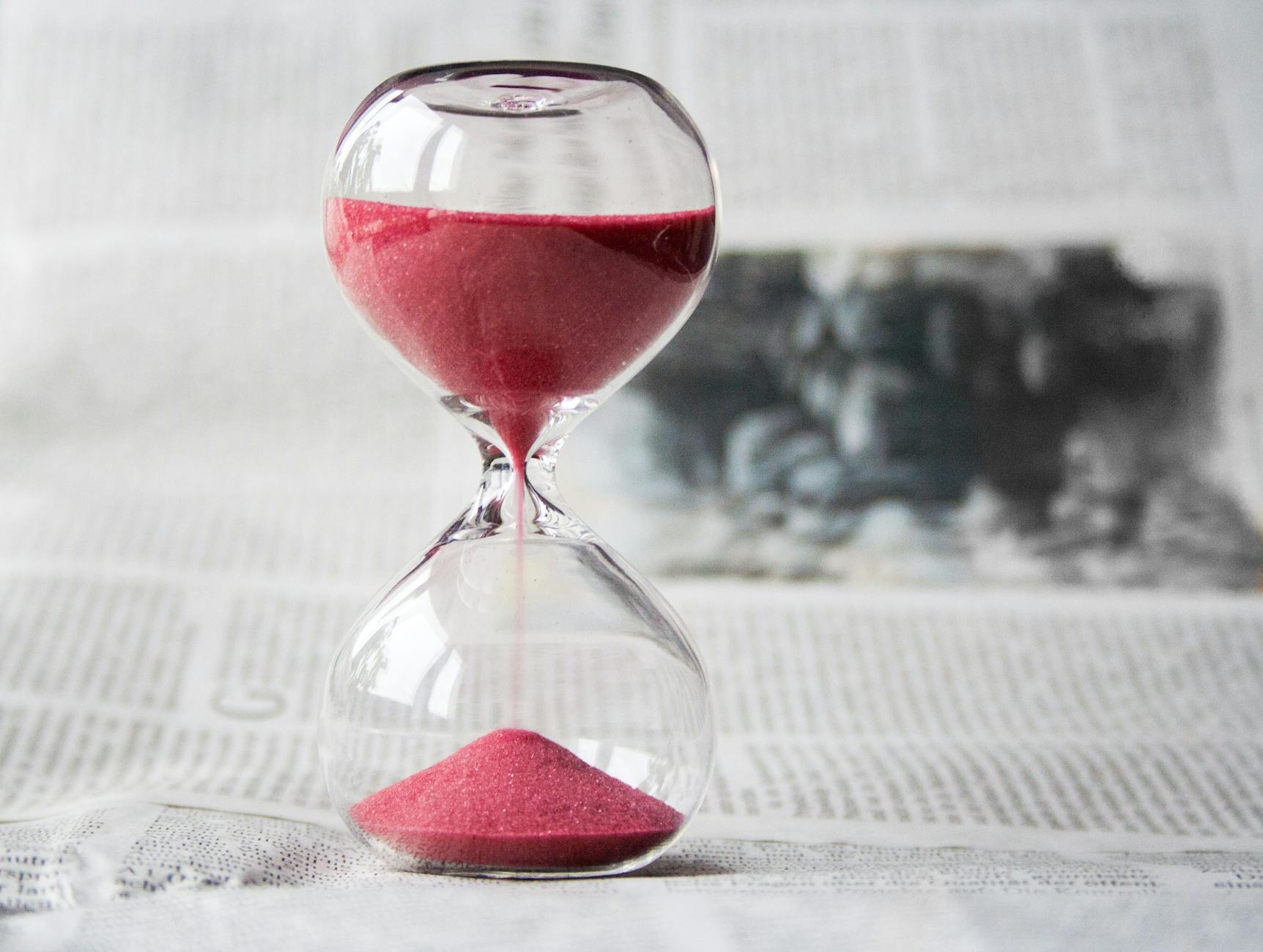What is focus time clock?

What is focus time clock?
In today’s whirlwind of distractions and demands, the focus time clock emerges as a beacon for those striving to enhance productivity. This tool serves a vital purpose in both personal and professional settings, helping individuals harness their time to accomplish more while maintaining balance in their lives.
Understanding Focus Time Clock
A focus time clock is designed primarily to help people manage their time effectively. It enables users to allocate specific periods for focused work and to integrate breaks, ultimately enhancing productivity.
Definition and Purpose
At its core, a focus time clock helps you concentrate on your tasks without interruptions. It’s not just about tracking time; it’s about creating structured intervals of focused work (often referred to as “Pomodoro” sessions) followed by short breaks. This method allows you to delve into your work with greater intensity, knowing you have a set time to focus before you can take a breather. By using a focus time clock, you can significantly improve your time management skills and keep burnout at bay.
Core Components
A focus time clock typically includes several essential elements:
- Timers: These allow you to set work intervals and break periods that you can customize according to your needs. For example, a common setup includes 25 minutes of work followed by a 5-minute break.
- Break Reminders: Many focus time clocks will alert you when it’s time to take a break, ensuring you’re not working for too long without rest.
- Task Management Features: Some advanced focus time clocks also allow you to list tasks you intend to accomplish within your focus periods, providing a clear outline of your goals.

Photo by Pixabay
Benefits of Using a Focus Time Clock
Incorporating a focus time clock into your daily routine can yield numerous advantages, transforming the way you approach work and productivity.
Enhanced Productivity
One of the most significant benefits of a focus time clock is the boost in productivity it provides. By breaking your work into manageable segments, you can maintain a high level of concentration. Studies have shown that working in shorter, focused bursts can lead to greater output compared to lengthy, unbroken work periods. This technique, often recognized in techniques such as the Pomodoro Technique, is a powerful way to manage your energy and attention effectively. For more information, check out Pomofocus: Pomodoro Timer Online.
Improved Work-Life Balance
Setting boundaries between work and personal time can be challenging, especially in a world where work often spills into personal life. A focus time clock can help you define when work ends and leisure begins, nurturing a healthier balance. By scheduling your focus periods and breaks, you create a clear structure that supports both productivity and relaxation.
Promotes Healthy Work Habits
Using a focus time clock encourages the practice of taking regular breaks. These pauses are crucial for maintaining mental clarity and preventing burnout. They allow your brain to recharge, ultimately improving your performance over time. This approach not only enhances your work quality but also contributes to better overall well-being.
How to Implement a Focus Time Clock
Adopting a focus time clock can be straightforward if you follow these practical steps.
Choosing the Right Focus Time Clock
There are various options available to you, ranging from digital apps to traditional timers. Digital applications like Focus Keeper offer customizable settings and can be accessed from your phone or desktop. On the other hand, a simple kitchen timer can also do the job just as effectively. When choosing your focus time clock, consider your preferences for technology and how you work best.
Setting Up Your Focus Time Schedule
Creating a personalized schedule using the focus time clock method involves identifying your most productive hours. Start by setting a few tasks you want to accomplish. For instance, you might allocate 25 minutes for reading, followed by a 5-minute break, then another 25 minutes for writing. This personalization allows you to adapt the focus time clock to fit your unique workflow.
Common Mistakes to Avoid
When starting with focus time techniques, watch out for a few common pitfalls. Here are some to consider:
- Ignoring Breaks: It can be tempting to skip breaks to finish tasks faster. However, this can lead to diminished productivity and increased fatigue.
- Not Adjusting Timers: Everyone works differently. Don’t be afraid to experiment with your timer settings until you find what works best for you.
- Setting Unrealistic Goals: Start with achievable tasks. Overloading yourself can lead to frustration and burnout.
Conclusion and Next Steps
In conclusion, a focus time clock is an invaluable tool for anyone looking to enhance productivity, manage time effectively, and achieve a healthier work-life balance. By understanding how to implement this technique and avoiding common mistakes, you can transform your approach to work.
If you’re ready to get started, consider testing out a focus time clock app or setting up a basic timer for your next work session. Embrace this method and watch as your productivity soars, your stress levels diminish, and your work becomes more enjoyable.